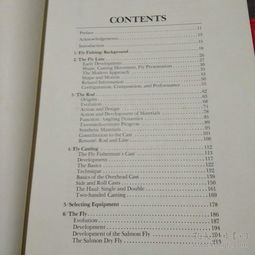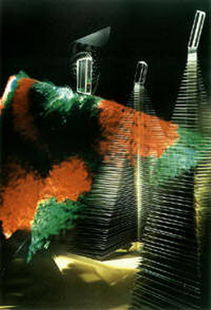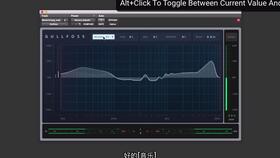Content:
Introduction: Fly fishing is an art form that requires patience, skill, and the right equipment. One of the most crucial components of fly fishing is the fishing bait, also known as the fly. Selecting the perfect fishing bait can make all the difference in your fishing experience. In this article, we will discuss the essential tips and tricks for choosing the right fishing bait for your fly fishing adventures.

Understanding the Fish Species: Before selecting a fishing bait, it is crucial to understand the fish species you are targeting. Different fish species have varying preferences when it comes to food. Conduct research on the specific fish species you want to catch, and identify their favorite food sources. This knowledge will help you choose the most effective fishing bait.
Material Matters: Fishing baits come in various materials, including synthetic, natural, and a combination of both. Each material has its advantages and disadvantages. Here are some popular fishing bait materials and their characteristics:
a. Synthetic: Synthetic fishing baits are durable, easy to use, and come in a wide range of colors and shapes. They are suitable for various fishing conditions and can be used in both freshwater and saltwater environments.
b. Natural: Natural fishing baits, such as live bait or artificial lures made from natural materials, mimic real insects, fish, or other prey. These baits can be more effective in attracting fish, especially in clear water conditions.
c. Combination: Some fishing baits are made from a combination of synthetic and natural materials. These baits offer the best of both worlds, providing durability and realistic appearance.
Color and Pattern: The color and pattern of your fishing bait play a significant role in its effectiveness. Here are some tips for selecting the right color and pattern:
a. Match the hatch: Try to match the color and pattern of your fishing bait with the natural food sources available in the water. For example, if there are mayflies in the water, use a mayfly imitation fly.
b. Consider water conditions: In murky water, brighter colors may be more effective. In clear water, natural colors or muted tones can be more appealing to fish.
c. Experiment: Sometimes, the most effective fishing bait is one that stands out from the rest. Don't be afraid to try different colors and patterns to see what works best for your specific fishing situation.
Size and Shape: The size and shape of your fishing bait should also be considered. Here are some guidelines:
a. Size: The size of your fishing bait should be proportional to the fish species you are targeting. Larger fish require larger baits, while smaller fish can be caught with smaller baits.
b. Shape: The shape of your fishing bait should mimic the natural prey of the fish species. For example, a mayfly imitation fly should have a slender, elongated body, while a leech imitation fly should have a more cylindrical shape.
Weight and Sink Rate: The weight and sink rate of your fishing bait are important factors to consider, especially in windy conditions or when fishing in deeper water. Here are some tips:
a. Weight: Choose a fishing bait with the appropriate weight for your specific fishing situation. Too light, and your bait may not reach the desired depth; too heavy, and it may sink too quickly.
b. Sink Rate: Some fishing baits are designed to sink slowly, while others are designed to sink quickly. Consider the water conditions and the fish species you are targeting when selecting the sink rate of your fishing bait.
Brand and Quality: Investing in a high-quality fishing bait can make a significant difference in your fishing experience. Look for reputable brands that offer durable, effective, and well-crafted fishing baits. Don't be afraid to spend a bit more on a quality fishing bait, as it can save you money in the long run by reducing the need for frequent replacements.
Conclusion: Choosing the perfect fishing bait is an essential skill for any fly fisherman. By understanding the fish species, material, color, pattern, size, shape, weight, and sink rate of your fishing bait, you can increase your chances of success on the water. Remember to experiment and adapt your approach based on the specific fishing conditions and fish species you are targeting. Happy fishing!












